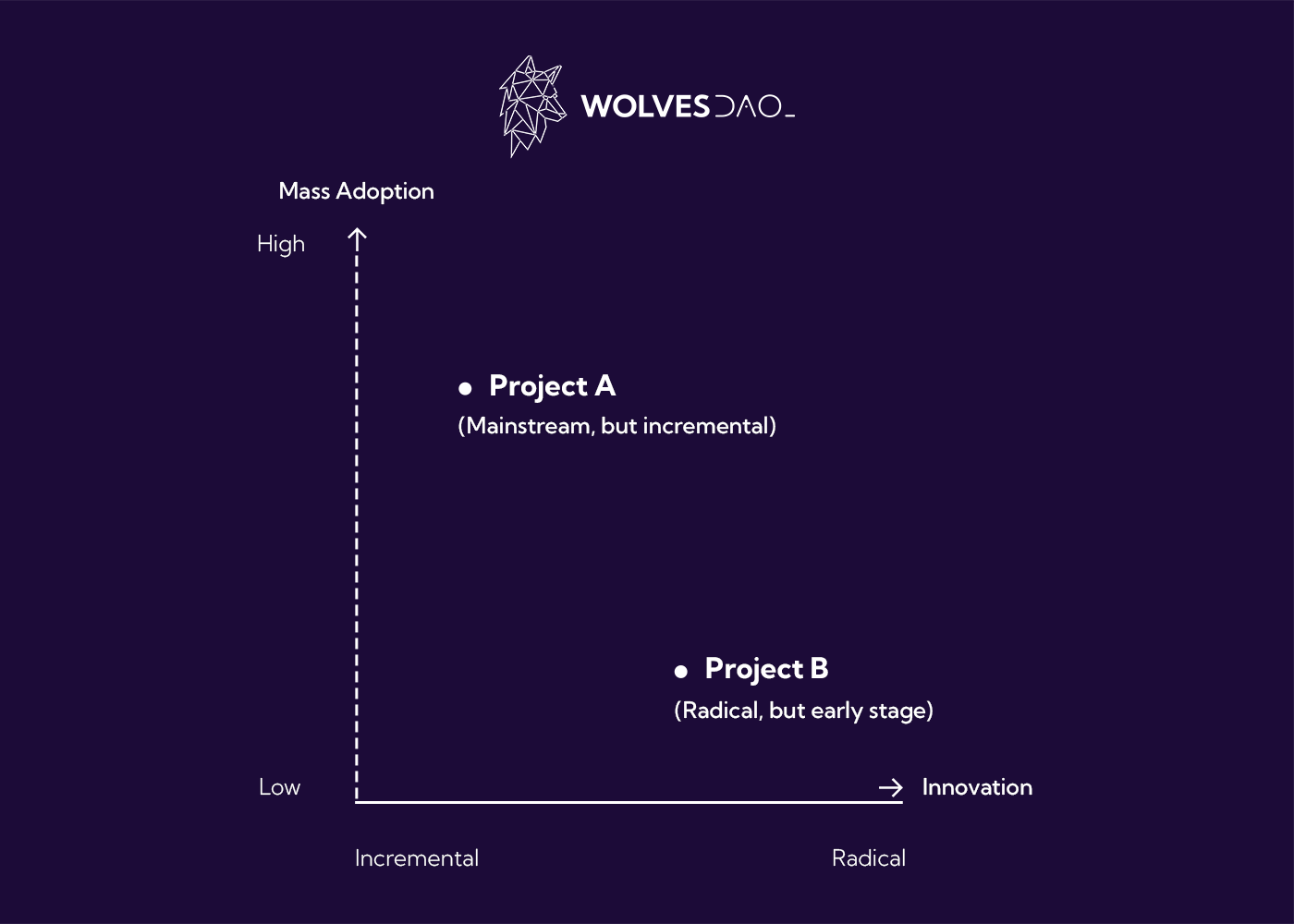Next Web3 Gaming Breakthrough: Inside or Outside?
Will Web3 gaming's breakout success come from onboarding millions of players or from a small studio pioneering a key innovation?
The Thesis
“Is Web3 gaming dead?”
This question was recently raised by Grail, known for holding significant investments in the industry. In his thread, he presents a thesis on what Web3 gaming needs to succeed:
The first game that shows player scale outside of web3 while also demonstrating how the gravity of crypto incentives unleashed on gamers completely oblivious to the web3 side dramatically increase UA & in-game spend behaviors...
Is going to crash into the greater gaming market like a bull in a china shop.
This led to the conversation of:
Will mass adoption define Web3 gaming success, or will a disruptive innovation from an indie team change the industry?
Some believe a major Web2 studio embracing Web3 could validate the space overnight, while others argue a Web3-native indie team will crack the code through creative approaches to monetization, publishing, and user acquisition.
Innovation vs. Mass Adoption
Breakthroughs in Web3 are more likely to come from indie teams rather than AAA studios. Smaller teams are more agile and can experiment with novel models in ways big studios cannot.
Consider scrappy teams like Pixels, which thrive on experimentation by shipping, failing, and iterating quickly.
Mass adoption alone does not equal success. The key to Web3 gaming’s future is solving fundamental business model challenges rather than just onboarding millions of players.
a lot of comments on smaller teams being great for this moment in time. I agree and would add that small or "indie" does not need to mean amateurish or even badly resourced. Supercell is(/was) a great example of lean teams going for the top10. The industry in general I am pretty convinced is now trending towards smaller game teams.
The Real Innovation is in the Business Model
Web3’s biggest advantage is not just about making a game fun but unlocking new business models. Axie was an economic experiment, not just a game, and Web3's next big success may follow a similar path.
Web3 needs to solve user acquisition and monetization challenges. Instead of relying on token speculation, Web3 gaming must prove its ability to acquire and retain players profitably.
There is an ongoing debate about VC-backed projects vs. bootstrapped teams. Some argue that the best Web3 games will come from self-funded or low-budget teams forced to find product-market fit instead of relying on speculative funding.
My take on this is that we need to start by looking at what blockchain can do differently For us at (X) we look at the following Improve the "business" of gaming:
Better UA via tokens or incentives
More loyal & fanatic players via ownership
New business models (e.g. taxation, community financing)
Improved monetisation (e.g. spend more if you own it)
The Thesis Needs to be Proven First
Traditional studios will not take the risk until an indie studio proves the model works. Big studios like Ubisoft, Netmarble, Zynga, and many others have tested Web3 but faced backlash.
Web3 must prove it offers an advantage before Web2 adopts it. If a small studio demonstrates a sustainable revenue model, major players will likely follow.
The best approach for Web3 games may be to integrate blockchain invisibly. Instead of leading with Web3, successful games will likely use blockchain in the background while marketing themselves as fun, engaging experiences.
A studio with a decent game, good UA team, and deep pockets can get millions of users whether they use web3 tech in the backend or not. But without meaningful innovation that brings a competitive edge within the gaming industry, other studios have no reason to adopt web3 tech, leading to stagnation.
Web3 Gaming’s Biggest Challenges
Token price does not equal game success. A common mistake in Web3 is judging success by token price rather than actual revenue.
Conversely, the success of a game doesn't necessarily result in an increased token price.
Attention spans are shorter than ever. Web3 gaming competes in an era where short-term hype drives attention, but long-term retention is harder.
Retention is still a major missing piece. Web3 games have yet to demonstrate strong mechanics that sustain long-term engagement through meaningful player sinks and sustainable revenue models.
Combining an industry that has a single-digit % success rate with an unproven industry is a mega hill to climb.
What Defines Success in Web3 Gaming?
Success is about sustainability, not hype. The games that last will be those that generate steady revenue and keep players engaged beyond financial incentives.
A multi-revenue approach is needed. Just like gas stations make more money from in-store sales than fuel, Web3 games need multiple revenue streams beyond tokenomics.
Balancing Web2 and Web3 players is key. The winning model may not be fully Web3, but rather a hybrid approach that appeals to both gamers and speculators.
Honestly, if you break it down, every so-called “success” we’ve seen started in Web3 and then bled over into Web2. Remember how AXIE practically made P2E a household term and STEPN redefined M2E? The buzz wasn’t really about crypto at all—it was all about catchy hooks like “Get paid just for walking!” or “Earn enough in a day for a whole chicken dinner!” It was less about the tech and more about the vibe.
Disclaimer
This article is largely generated by AI, based on the answers from the community to the “Question of the Week”.
None of this is financial or legal advice.






